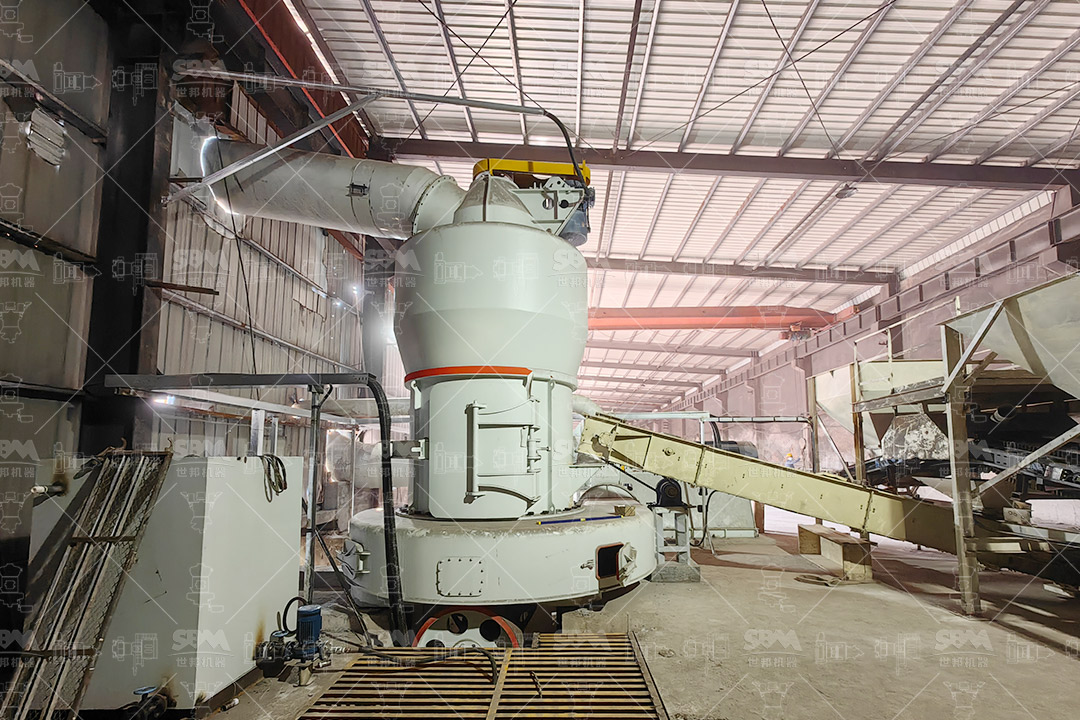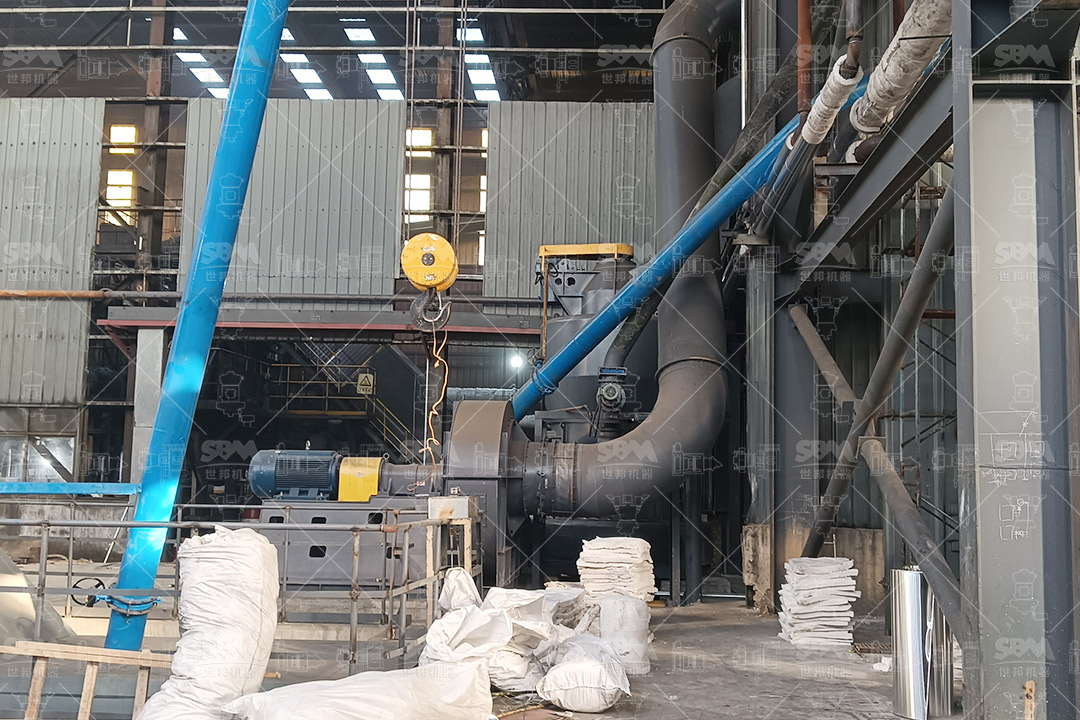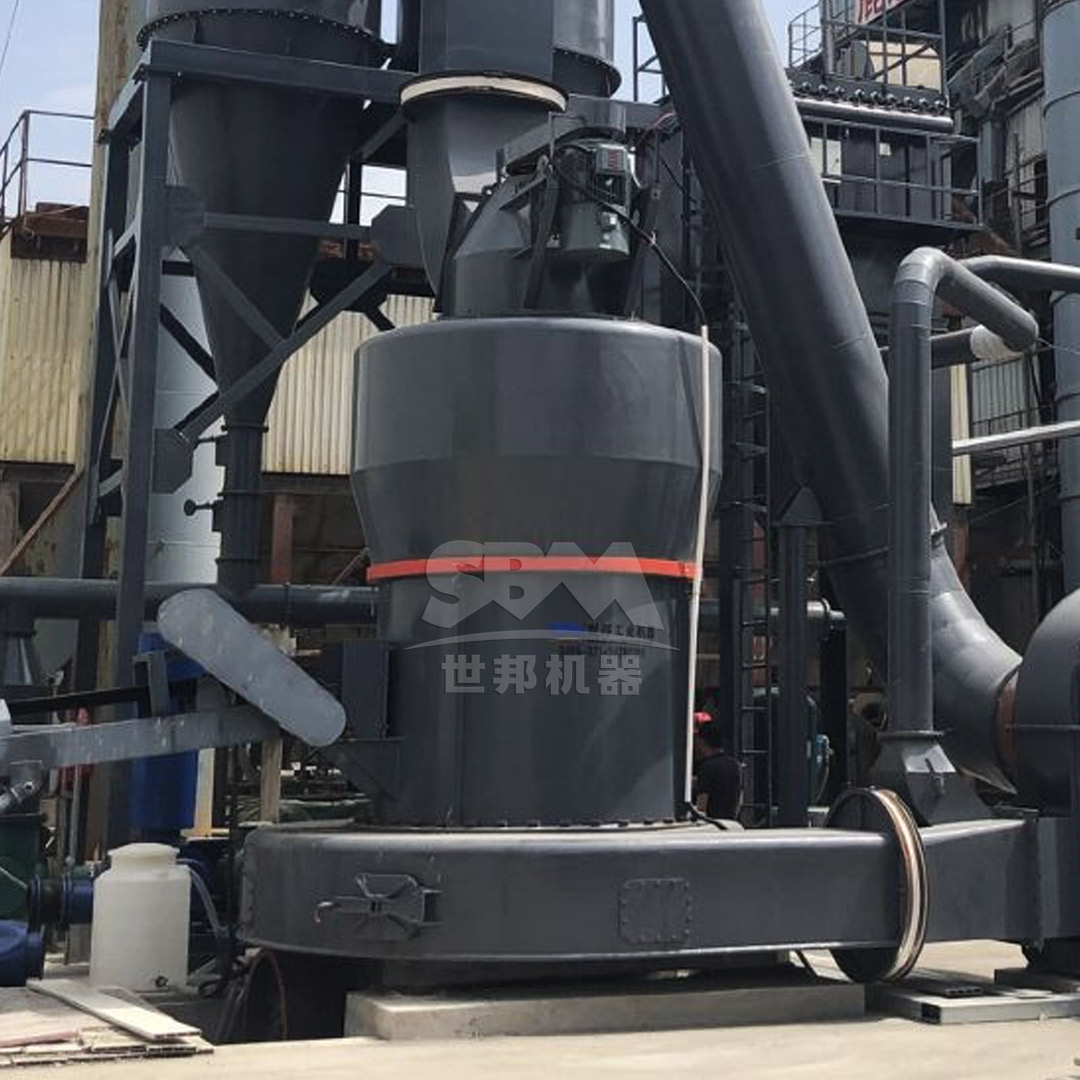The production of high-quality ceramic glazes demands precise control over raw material particle size distribution, chemical composition, and processing parameters. Bauxite, as a key component in many glaze formulations, presents unique challenges due to its variable hardness, abrasive nature, and specific fineness requirements. Traditional grinding methods often fall short in achieving the consistent particle size distribution necessary for optimal glaze performance, leading to issues with surface quality, color consistency, and firing characteristics.
Modern roller mill technology has revolutionized bauxite processing for ceramic applications, offering unprecedented control over particle size distribution while maintaining operational efficiency. This article explores the technical requirements for bauxite grinding in glaze production and examines how advanced milling solutions can optimize the entire manufacturing process.

The quality of bauxite powder directly impacts multiple aspects of glaze performance. Particle size distribution affects suspension stability, application properties, melting behavior, and final surface characteristics. For most ceramic glaze applications, bauxite requires grinding to specific fineness ranges:
| Application Type | Required Fineness (D97) | Particle Distribution | Special Requirements |
|---|---|---|---|
| Transparent Glazes | 325-400 mesh | Narrow distribution | Minimal oversize particles |
| Opaque Glazes | 400-600 mesh | Controlled distribution | Consistent chemical reactivity |
| Special Effect Glazes | 600-2500 mesh | Ultra-fine distribution | Maximum surface area |
Beyond particle size, bauxite for ceramic glazes must maintain chemical purity throughout the grinding process. Contamination from grinding media or equipment wear can introduce unwanted elements that affect glaze color and performance. The grinding system must therefore employ wear-resistant materials and maintain a closed, controlled environment.
Conventional ball mills and Raymond mills, while widely used in mineral processing, present several limitations when applied to bauxite grinding for ceramic glazes:
Traditional grinding systems struggle to achieve the ultra-fine particle sizes required for high-quality glazes. Ball mills typically reach a practical limit of 400 mesh, beyond which grinding efficiency decreases dramatically and energy consumption increases exponentially. This limitation restricts the development of advanced glaze formulations requiring finer particle distributions.
The specific energy consumption of traditional grinding systems increases significantly as target fineness increases. For bauxite grinding to ceramic glaze specifications, ball mills may consume 30-50% more energy compared to modern roller mill systems, contributing substantially to production costs.
Wear of grinding media and liners in conventional systems introduces iron and other metallic contaminants that can discolor glazes and affect their melting characteristics. This is particularly problematic for white and light-colored glazes where purity is paramount.

Modern roller mill technology addresses the specific challenges of bauxite grinding for ceramic applications through innovative engineering and precise control systems. Among the most effective solutions for ceramic glaze production is the SCM Ultrafine Mill, specifically designed for processing abrasive materials to ultra-fine specifications.
The SCM series represents a technological breakthrough in ultrafine grinding technology, offering exceptional performance for bauxite processing. With output fineness ranging from 325 to 2500 mesh (D97 ≤ 5μm), this system meets the most demanding specifications for advanced ceramic glazes.
Key advantages for bauxite processing include:
| SCM Model | Processing Capacity (ton/h) | Main Motor Power (kW) | Output Fineness (mesh) | Suitable Glaze Type |
|---|---|---|---|---|
| SCM800 | 0.5-4.5 | 75 | 325-2500 | Laboratory/Small batch |
| SCM1000 | 1.0-8.5 | 132 | 325-2500 | Standard production |
| SCM1250 | 2.5-14 | 185 | 325-2500 | Medium scale production |
| SCM1680 | 5.0-25 | 315 | 325-2500 | Large scale production |
For operations requiring higher throughput while maintaining precise particle control, the MTW Series Trapezium Mill offers an excellent balance of capacity and precision. With processing capacities from 3 to 45 tons per hour and output fineness from 30 to 325 mesh, this system is ideal for medium to large-scale glaze production facilities.
The MTW series incorporates several advanced features specifically beneficial for bauxite processing:
The transition to modern roller mill technology delivers measurable improvements in final glaze quality through superior particle size control and processing consistency.
Consistent particle size distribution achieved through advanced roller mill systems improves multiple aspects of glaze application and performance:
Modern roller mills maintain chemical purity throughout the grinding process, critical for color-sensitive glaze applications:

Beyond quality improvements, modern roller mill systems deliver significant economic and environmental advantages for ceramic manufacturers.
Advanced roller mill systems typically reduce energy consumption by 30-40% compared to traditional grinding methods. The SCM Ultrafine Mill, for example, achieves twice the production capacity of jet mills with 30% lower energy consumption, significantly reducing operational costs.
The combination of higher efficiency, reduced maintenance requirements, and longer component life translates to substantially lower operating costs:
Modern roller mill systems incorporate comprehensive environmental protection features:
Successful implementation of advanced roller mill technology requires careful consideration of several factors specific to ceramic glaze production.
Choosing the appropriate grinding system depends on multiple factors:
Successful implementation requires seamless integration with existing production processes:
The adoption of advanced roller mill technology represents a significant opportunity for ceramic manufacturers to improve glaze quality, reduce production costs, and enhance environmental performance. The SCM Ultrafine Mill and MTW Series Trapezium Mill offer tailored solutions for the specific challenges of bauxite processing, delivering the precise particle control required for high-performance ceramic glazes.
As ceramic glaze formulations continue to evolve toward more sophisticated and demanding specifications, the role of advanced grinding technology becomes increasingly critical. Manufacturers investing in modern roller mill systems position themselves to meet current quality requirements while maintaining the flexibility to develop next-generation glaze products.
The optimization of bauxite processing through advanced roller mill technology ultimately delivers competitive advantage through superior product quality, operational efficiency, and environmental stewardship—key differentiators in the increasingly competitive global ceramics market.